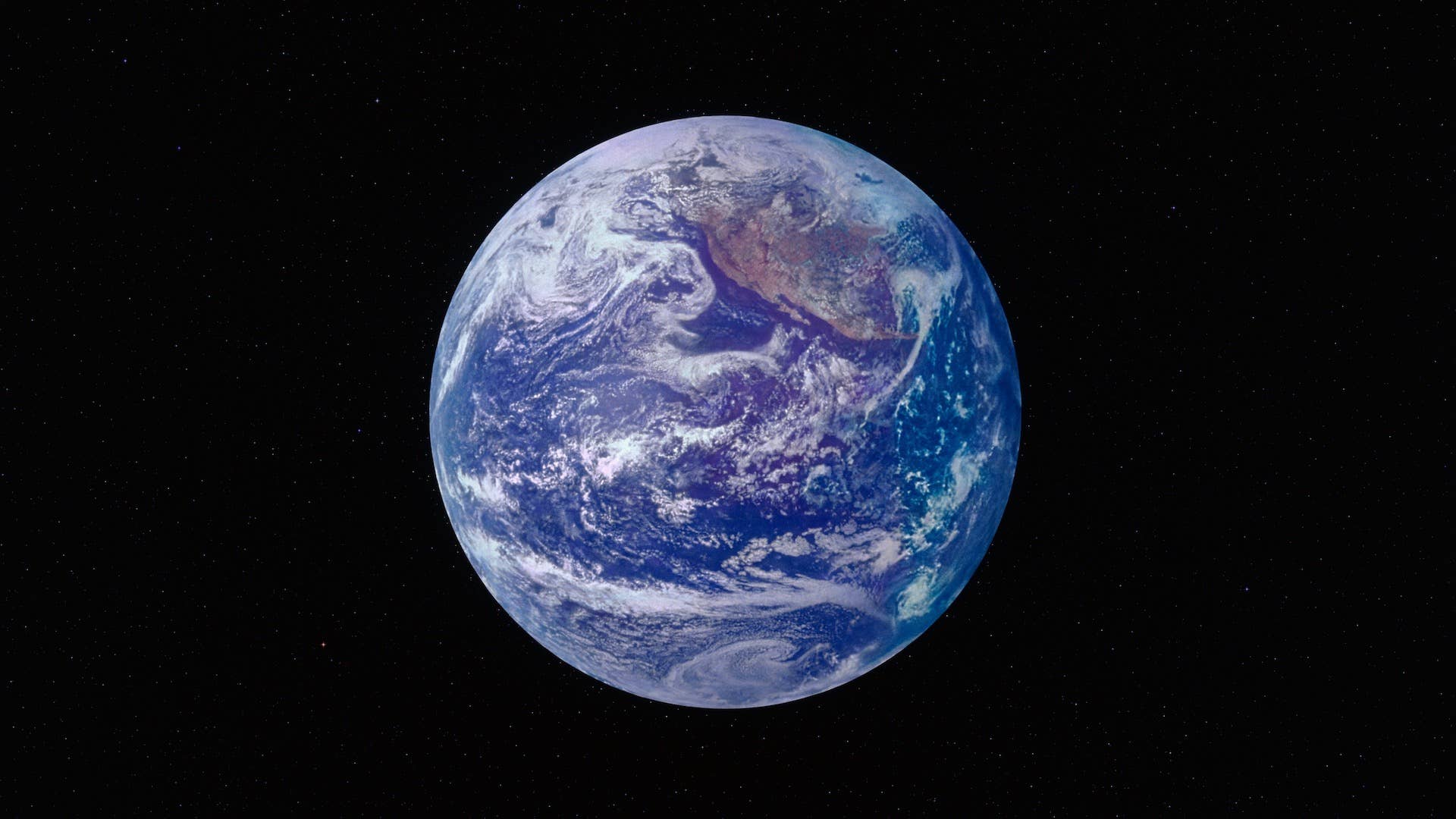
Earth’s rotation patterns may have shifted more than a decade ago without any of us noticing.
According to a newly published study, researchers have spent the last 60 years examining seismic waves created by earthquakes. The analysis led experts to believe that the planet’s inner core temporarily stopped spinning around 2009, and started moving in the opposite direction. The study was led by Xiaodong Song and Yi Yang of China’s Peking University and was published this week in the journal Nature Geoscience,
“An earthquake with magnitude greater than about 5.0 can generate seismic waves penetrating the inner core, like making a CT scan on the inner core structure along the raypath,” the lead authors explained. “For each pair of repeating earthquakes, we compared their results of the ‘CT scan’ (i.e., their seismogram) and infer the inner core rotation from the difference of the two seismograms (waveform shape and arrival times).”
The researchers said this isn’t the first time such a shift has happened. The Earth’s inner core started spinning in a new direction in the early 1970s, and is expected to change directions once again sometime in the 2040s. The change reportedly has little impact on our everyday lives, but could have a long-term influence over the next decades, specifically when it comes to the length of days, sea-levels, and surface temperature.
“These observations provide evidence for dynamic interactions between the Earth’s layers, from the deepest interior to the surface, potentially due to gravitational coupling and the exchange of angular momentum from the core and mantle to the surface,” the researchers wrote. “We hope that our research motivates researchers to design and test models treating the Earth as an integrated dynamic system.”
However, not all experts are convinced.
John Vidale, a seismologist at the University of Southern California, told CBS News there are many mysteries and unanswered questions surrounding the Earth’s core. He also pointed out there were several studies, including his own, that conflicted with the Xiaodong Song and Yi Yang’s findings.
“This is a very careful study by excellent scientists putting in a lot of data,” he said. “(But) none of the models explain all the data very well in my opinion.”
Vidale published a 2022 study based on seismic data from nuclear explosions in the 1960s and 1970s. He concluded that the rotation of Earth’s inner core oscillates at a much faster rate, and appears to change directions every six years.

